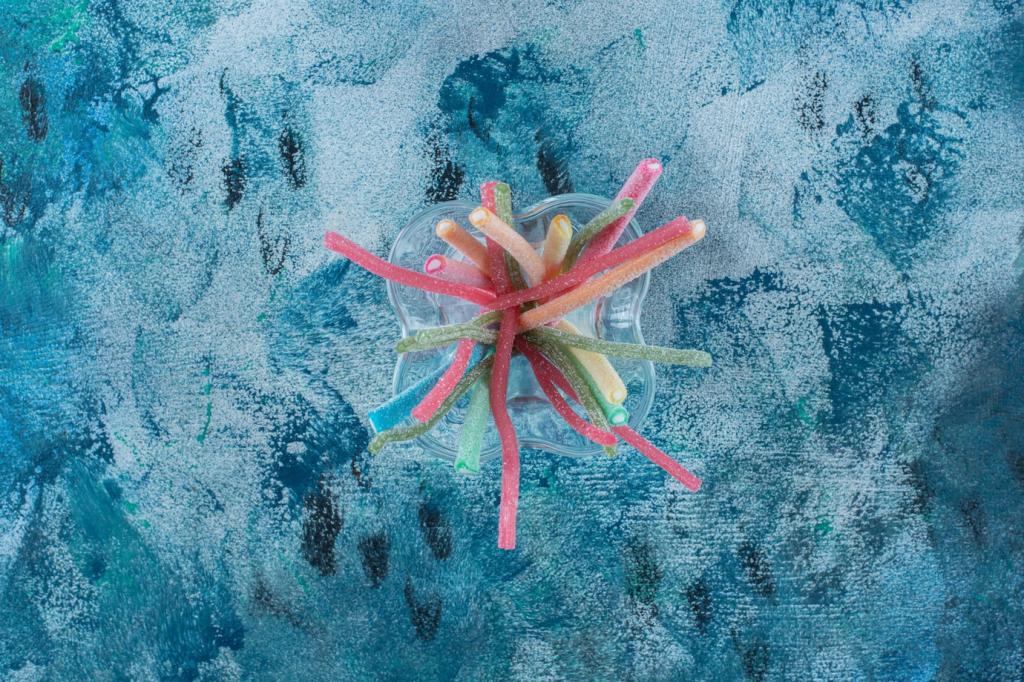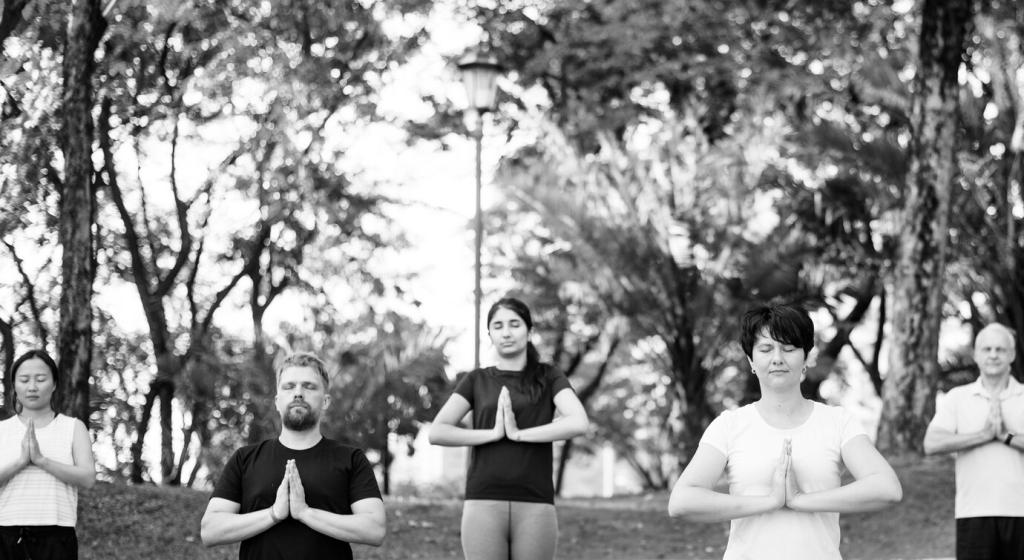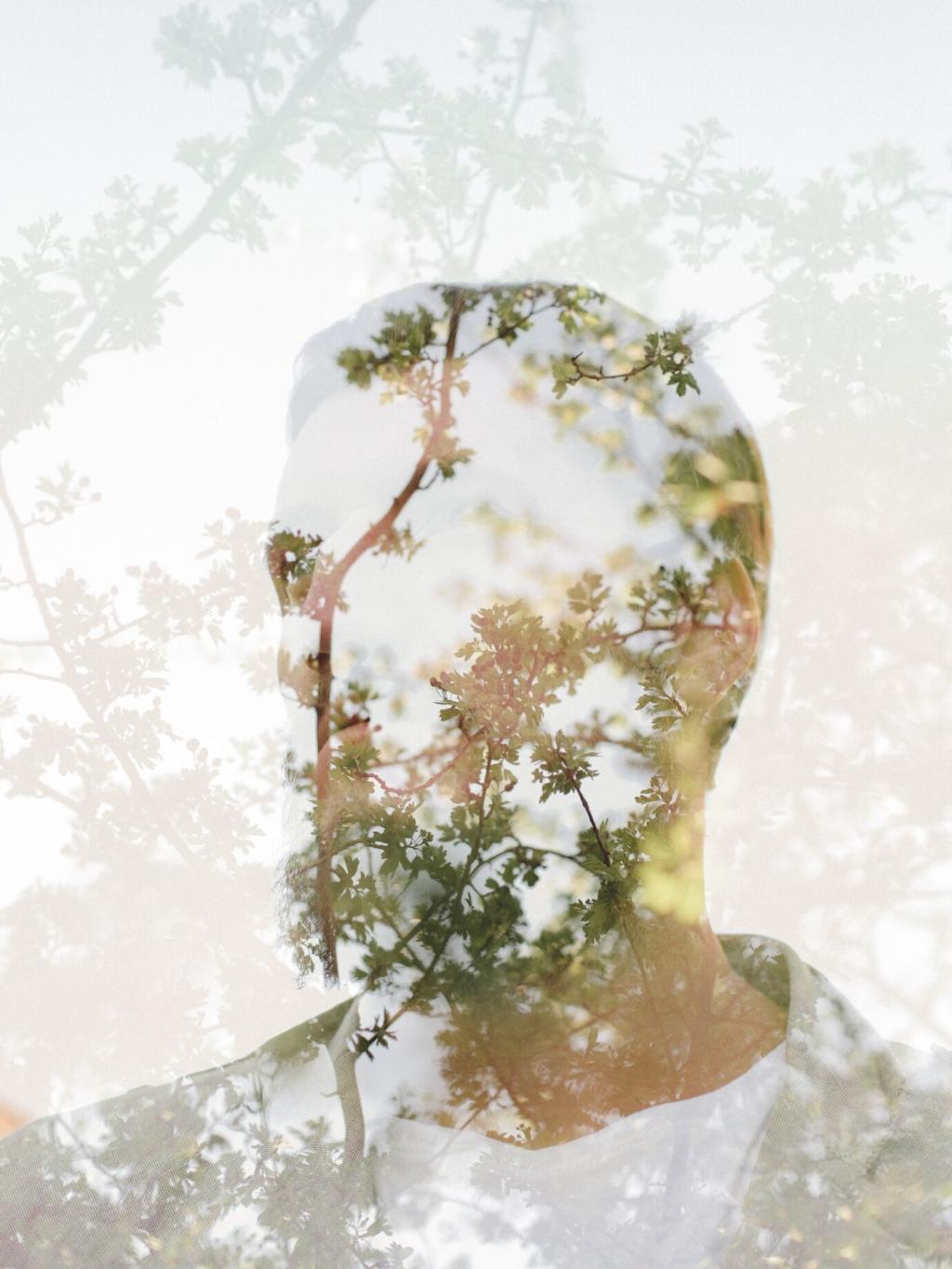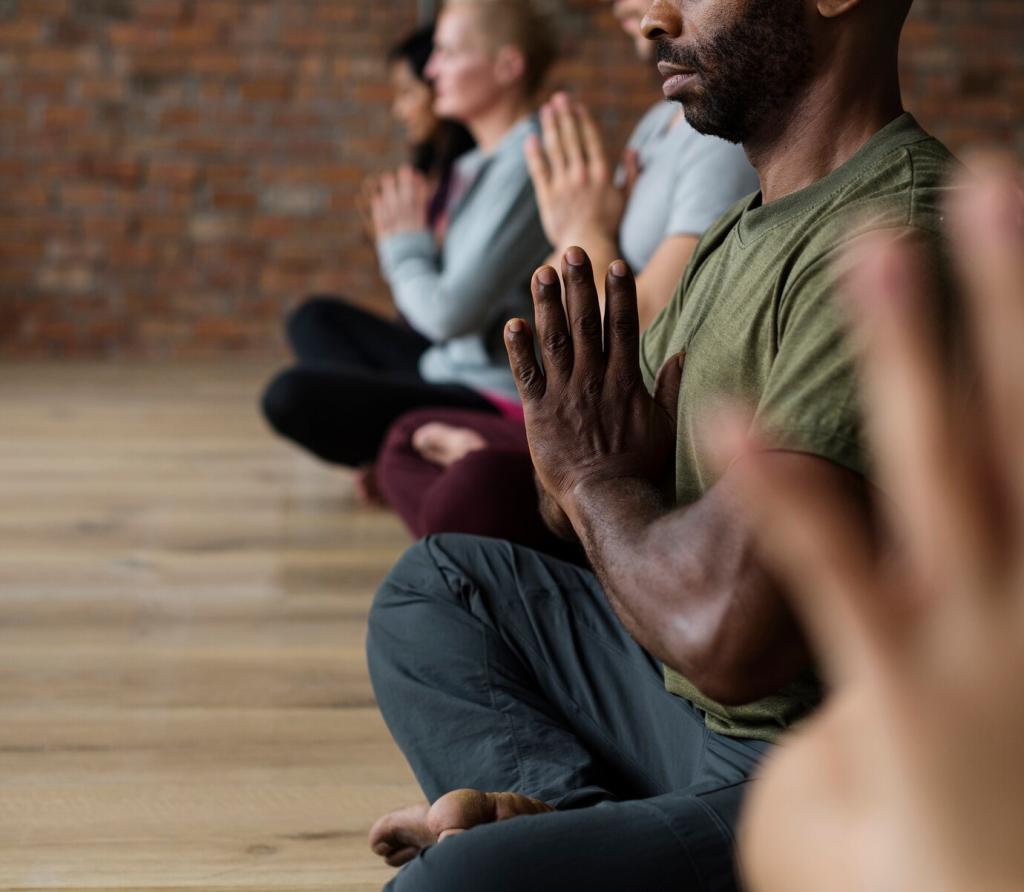Mindfulness Lessons from Indian Mandala Art
Theme selected: Mindfulness Lessons from Indian Mandala Art. Step into a calm, creative space where every line invites presence, every color deepens awareness, and every circle guides you gently back to your breath.

Begin at the Bindu: Finding Stillness in the Center
A Dot That Anchors Attention
Place a single dot and let your gaze rest. Notice how the mind softens around this simple point, and how breath steadies without force. The bindu becomes a tiny refuge, inviting you to return whenever thoughts begin to scatter.
Breath-Lined Circles
From the bindu, draw circles paced by your breathing. Inhale to prepare, exhale to move the pencil. This slow, rhythmic expansion mirrors awareness unfolding outward, gently training patience and undoing the rush that often hijacks creativity.
Micro-Pauses as Mantras
At the end of each line, add a small pause. Treat it like a silent mantra: arrive, breathe, continue. Those small still points lace your mandala with presence, reminding you that mindful creation is a series of kind pauses.
Sacred Geometry as a Teacher of Equanimity
The circle is both boundary and embrace. While drawing, imagine it holding your experience—joy, distraction, curiosity—without judgment. Practiced regularly, this circular hospitality becomes a habit of mind you can carry into conversations and challenges.
Sacred Geometry as a Teacher of Equanimity
Adding lotus petals layer by layer cultivates patience. Each petal asks you to slow down, align angles, and accept small imperfections. Over time, the repeated motif teaches a gentle persistence that feels like breathing with a purpose.
Sacred Geometry as a Teacher of Equanimity
The Sri Yantra’s nine interlocking triangles form forty-three smaller ones around a central bindu. Trace with your eyes, following edges without skipping. This visual pilgrimage strengthens concentration while revealing how complexity can still center on quiet simplicity.
A Sweeping Start
In Chennai, a grandmother swept her threshold at dawn, then dotted the ground with steady hands. Her kolam grew from breath-synced lines, and the morning’s anxieties—bills, appointments, distant news—lost their edges as symmetry gathered her focus.
Rice Flour, Shared Kindness
She used rice flour, as is customary, so ants and birds could share in the design. That tiny act of generosity transformed the pattern into a quiet offering, linking mindfulness with kindness and reminding neighbors that care begins right here.
Letting Go with the Noon Wind
By midday the breeze smudged the design. She smiled, swept again, and began anew. The softened lines became a lesson in impermanence: hold lightly, love fully, create anyway. Share your kolam or mandala moment in the comments today.



Colors That Calm: A Mindful Palette
Saffron, often seen in ritual textiles and art, warms attention without agitating it. Use a soft saffron ring near the center when anxiety creeps in, and notice how steady warmth supports bravery without demanding speed or perfection.
Colors That Calm: A Mindful Palette
Indigo invites depth and quiet. Layer an indigo band when you need silence between thoughts. Many readers report that this cool tone encourages patient observation, like listening to a friend without planning the next sentence.

Five-Minute Portal
Set a timer for five minutes and draw one ring of petals. Stop when the bell rings, even if you want more. This respectful boundary prevents burnout and makes tomorrow’s return feel welcoming rather than demanding.
Tea, Incense, Intention
A small cup of chai, a single stick of incense, and one sentence of intention can transform your desk into a studio. Sensory cues anchor the mind, while your sentence keeps the practice aligned with what truly matters.
Weekly Reflection and Sharing
Each weekend, photograph your mandala and write three sentences about what you learned: one about focus, one about feeling, one about letting go. Post it and tag a friend, then subscribe for weekly prompts to keep your rhythm alive.
Carry the Pattern into Daily Life
Symmetry in Scheduling
Balance intense tasks with restful ones, like petals arranged around a center. After a demanding meeting, add a quiet buffer. This rhythm prevents lopsided days and teaches the nervous system to trust your steady, thoughtful pacing.
Petal-by-Petal Problem Solving
Break big issues into small, repeatable steps, just as petals repeat around a circle. Finishing one segment at a time builds momentum and confidence, reducing overwhelm without sacrificing the integrity of your larger intention.
Impermanence at Work
When you erase a whiteboard, bow inward, remembering the noon wind over kolam. Celebrate what the team learned, not only what remains. This mindful closure invites creative courage for the next iteration and calmer conversations under pressure.
Lineages and Meanings Across India
Yantras like the Sri Yantra function as meditative diagrams, guiding the mind from outer complexity to the bindu within. Gazing, tracing, breathing—these actions cultivate a disciplined attention that feels devotional and deeply practical at once.
Lineages and Meanings Across India
Developed in the Indian subcontinent and refined across regions, Buddhist mandalas map the journey from confusion to clarity. Their precise architecture becomes a training ground for compassion, concentration, and the courage to meet experience as it is.


Guided Practice: A One-Breath Mandala

Lightly sketch a circle and place the bindu. Sit tall, relax the jaw, and let your shoulders soften. Decide on a tiny motif you can complete in one slow, comfortable breath without hurrying.
Join the Circle: Share, Subscribe, Stay Inspired
Describe your bindu: a memory, a value, a quiet place. Naming your center helps it hold steady when days get noisy. Your words may guide someone else back to theirs.
Join the Circle: Share, Subscribe, Stay Inspired
Get fresh prompts, color studies, and short history notes delivered regularly. Subscribing keeps your practice alive and ensures you never miss a new mindfulness lesson rooted in Indian mandala art.


